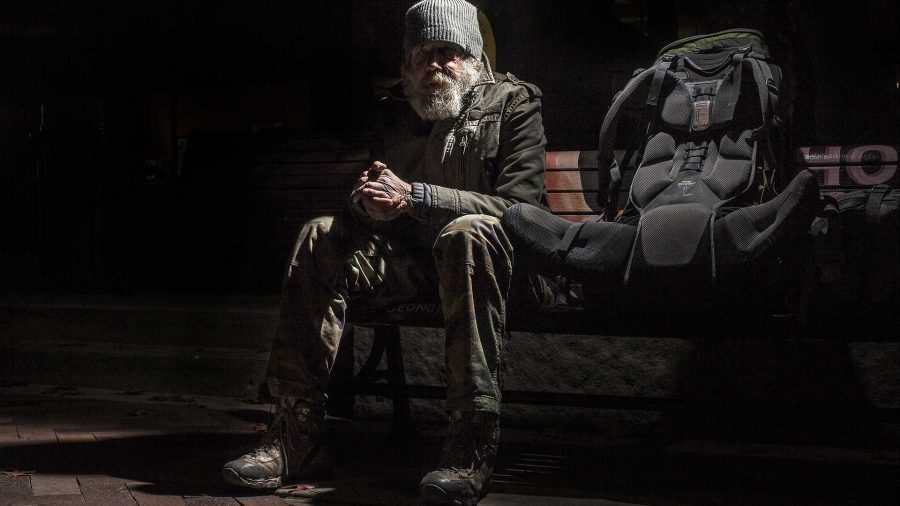This guest opinion from last Halloween remains relevant this year.
It is no secret that college students love Halloween. Every October, students across the country spend hours making plans with their friends, shopping for decorations, and looking forward to how they will dress (and impress) for their big night out.
The Internet has given way to the advent of unbelievably creative costumes. With the myriad of options available, it can be hard to choose the best one. Do you go with something funny or sexy? The options feel endless.
And yet, some college students still make choices that hurt our commitment to being an inclusive campus community. One concerning trend in recent years is that of students “dressing up” as homeless individuals for Halloween, complete with signs that say things like: “I’M HOMELESS, feel free to take me home” or “I’m homeless, buy me a drink.” It seems some students have targeted the experience of the most economically disadvantaged and socially marginalized people for costume exploitation.
“Costumes” like these are negligent. They are cruel. They mock the traumas experienced by many, and it’s unfathomable someone would appropriate it. These costumes remind us that in Iowa City and around the country, there remain major misconceptions about the epidemic of homelessness and those who overwhelmingly experience it: infants, children, LGBTQ+ youth, survivors of abuse, students, veterans, and the elderly.
Homelessness is a reality for hundreds of people in our own community. Shelter House provided emergency shelter to 864 people during the 2015-16 reporting year. Unbeknown to many is that thousands of college students experience homelessness. According to data from the Free Application for Federal Student Aid, there were more than 58,000 college students who identified as homeless on campuses across America in 2015 — and we know this to be underreported. There are University of Iowa students who are homeless and those are your project partners, your coworkers, and your friends.
RELATED: Avoid cultural appropriation this Halloween
Brooke Evans, a McNair Scholar and YP4 Fellow at the University of Wisconsin-Madison who shared her story in Glamour, has been homeless for the better part of seven years.
“It must be convenient for someone to be ‘homeless’ for one evening because nothing about being homeless is convenient. I’ve lived like this for 52,000 hours and counting. I have no costume I can shed and no stable life to which I can return. If you were homeless, you’d become terrified of sleeping, you’d learn safety and privacy are luxuries, you’d learn what it is to be the utmost vulnerable to sexual violence, battery, human trafficking, and theft, and you’d learn that none of these things will ever be funny. What you’re doing is inhumane and poverty isn’t a costume option. You only think it’s funny now because it isn’t you, and what that indicates is a lack of education and an immense amount of privilege.”
Harmony Pace, a student at the University of Iowa, also knows what it is like to be affected by homelessness. During her freshman year, Pace’s mother was homeless on and off for nearly a year due to mental-health issues and chemical dependency. “The thing that is important to understand with the costumes is this: how we portray homeless individuals in pop culture contributes largely to their treatment in real life. It’s not funny, and it’s not ‘just a joke.’ The homeless are parents, children, siblings. We have to stop making a joke of others’ struggles and start empowering these groups instead.”
Pace worked hard to help get her mother back on her feet and continues to advocate and raise awareness for individuals experiencing homelessness and those struggling with mental-health concerns today.
Remember this insight the next time you see someone appropriate homelessness for Halloween or try to embrace the “hobo-chic aesthetic” year-round. Change your costume, check your privilege, and speak up if others won’t. Doing good never goes out of style.
— Brooke Evans, Harmony Pace, and Rachel Zuckerman
Editor’s Note: This column was originally published in the DI on Oct. 31, 2016.



